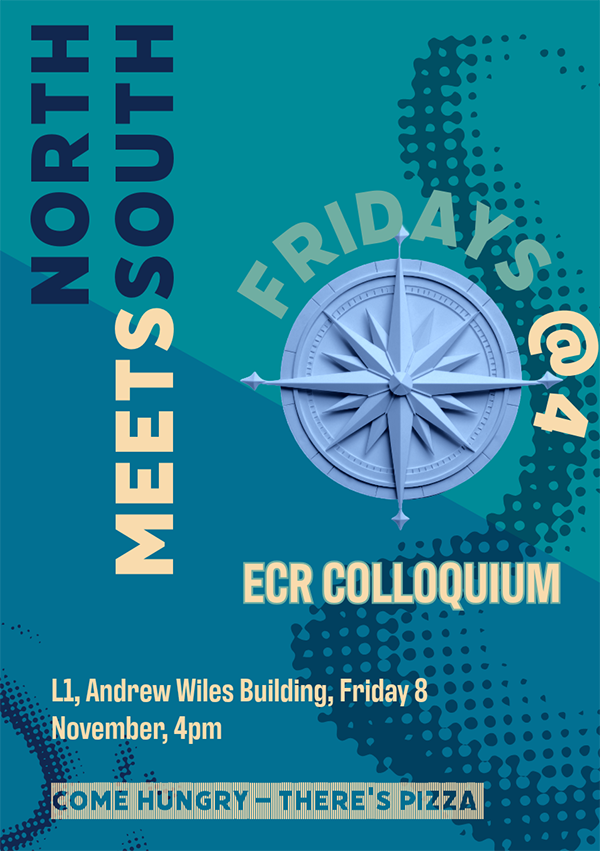15:00
Studying monoids that model concurrency
Abstract
I’ll discuss joint work of mine with with Ascencio-Martin, Britnell, Duncan, Francoeurs and Koutny to set up and study algebraic models of concurrent computation.
Trace monoids were introduced by Mazurkiewicz as algebraic models of Petri nets, where some pairs of actions can be applied in either of two orders and have the same effect. Abstractly, a trace monoid is simply a right-angled Artin monoid. More recently Koutny et al. introduced the concept of a step trace monoid, which allows the additional possibility that a pair of actions may have the same effect performed simultaneously as sequentially.
I shall introduce these monoids, discuss some problems we’d like to be able to solve, and the methods with which we are trying to solve them. In particular I’ll discuss normal forms for traces, comtraces and step traces, and generalisations of Stallings folding techniques for finitely presented groups and monoids.


